Should you buy a vintage couch? These are the 8 questions designers ask before making the investment
A vintage sofa adds character and charm to any design scheme, but making the purchase requires some thoughtful consideration
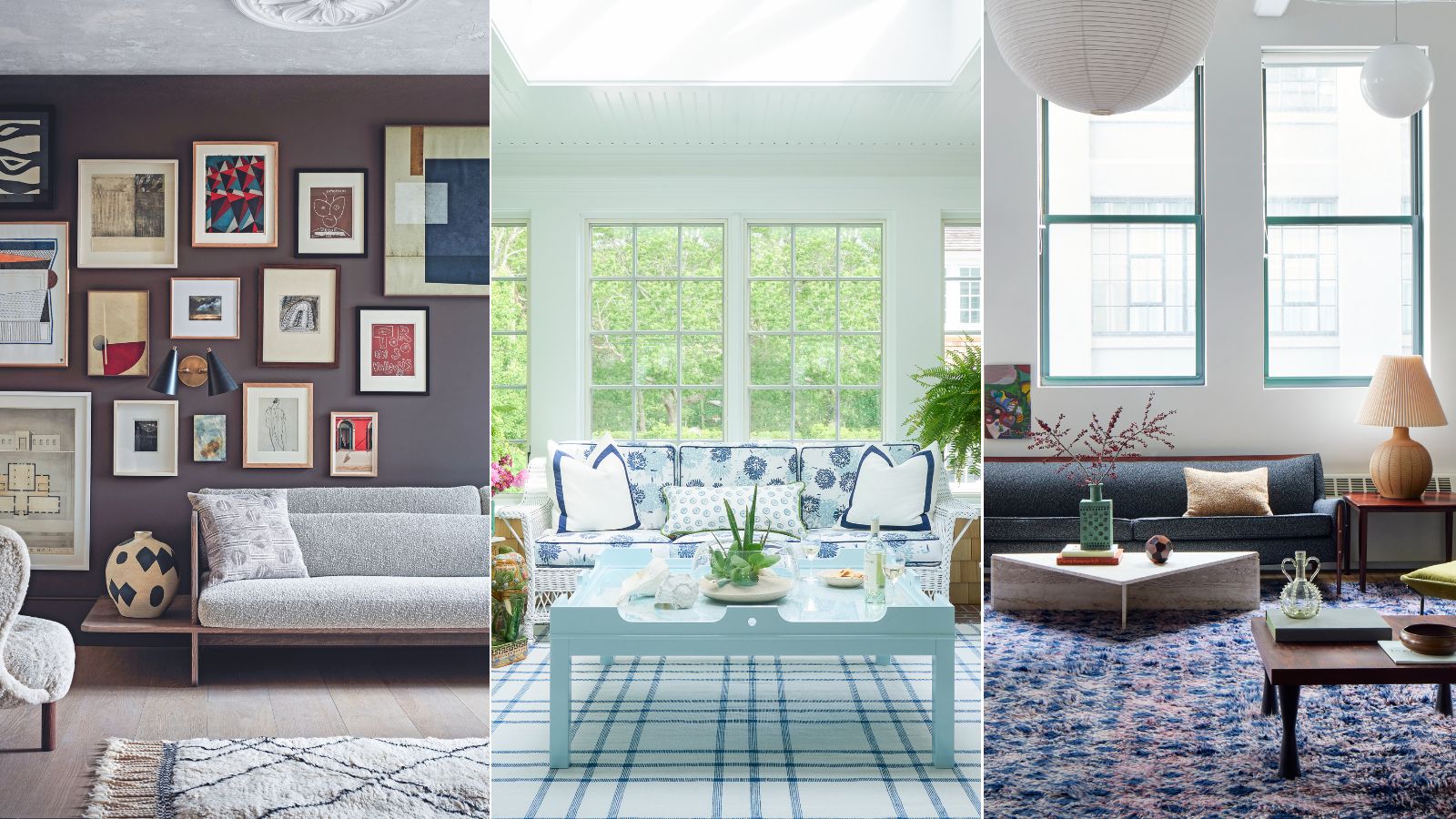

Vintage furniture is making a comeback, and it's clear why – each piece infuses the perfect doses of personality and transitional style into any space. But while it's hard to go wrong with a vintage dresser or bookcase, upholstered items prove a bit more finicky.
The potential task of reupholstering or refurbishing might deter you from making this purchase, or you might be at a loss for where to start. No matter your reason, if you're hung up on whether to invest in a fabric-clad piece, there are some key considerations to keep in mind.
To get a definitive list of the questions you should ask before investing in a vintage sofa – and a sense of whether the purchase is worth it at all – we spoke to interior designers. They shared the eight questions they keep in mind when shopping for and styling vintage furniture, and explained what a well-loved piece might add to your space.
The 8 questions to ask before buying a vintage couch
'Vintage sofas can quickly become one of your favorite investment pieces, just as easily as they can become a nightmare purchase. The trick is knowing what to look for when weighing the pros and cons of a specific item,' says Alexandra Denburg, principal designer at New York-based M&P Design Group.
Here, Alexandra and seven other interior designers weigh in on whether investing in a vintage couch is the way to go. These are the eight questions the experts say you should keep in mind.
1. Does it have a solid foundation?
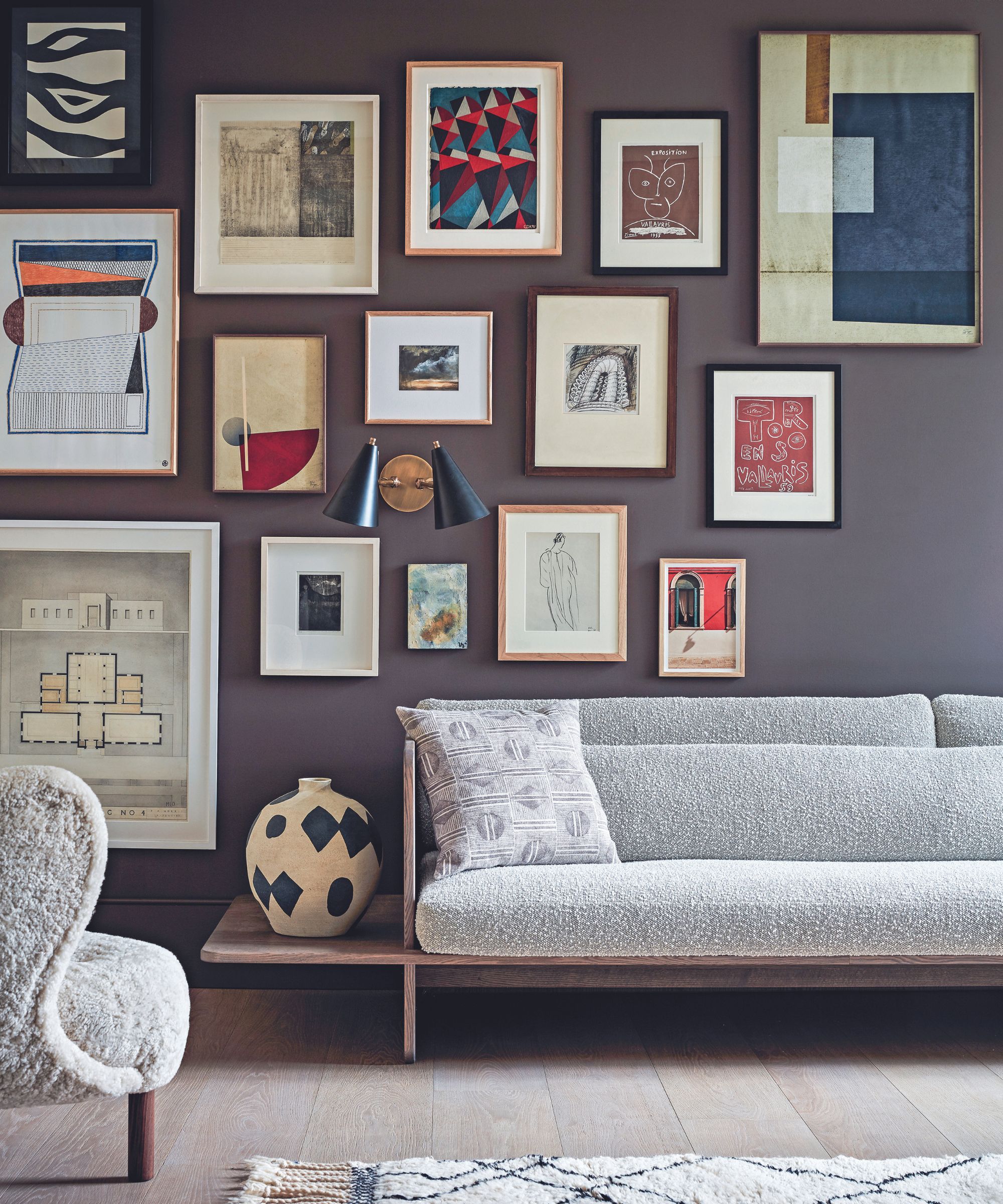
When first browsing for a vintage couch, it's best to take a look at the piece's foundation – is it sturdy enough to last for the long term in your home? Ignore the smaller details such as fabric wear and tear and color palette for now, and make sure the piece is of good quality.
'I love buying vintage, but especially for upholstered pieces like sofas. First, I need to make sure it is in good, sturdy condition and preferably from a reputable source,' says son Mattison, principal and head designer of Massachusetts-based Trellis Home Design.
With vintage furniture of any kind, you'll usually be in luck – these pieces are known for being hand-crafted and curated with care. But it's always smart to take a second look before spending, especially on an item as significant (and often expensive) as a couch.
According to Caroline Brackett, principal designer of South Carolina-based Caroline Brackett Studio of Design, 'older furniture was built to last, with hardwood frames, hand-tied springs, and quality materials.' She notes that antique items are over 100 years old, while vintage are less than 100 years old – an important distinction when thoroughly considering your options.
'When considering refurbishing a vintage sofa, you must check the bones! If the frame and springs are strong, it is an excellent candidate for reupholstering... If you do your research and choose the right piece, a vintage (or antique – important to know the difference!) sofa can be a good investment that appreciates over time,' says Caroline.
Alexandra agrees that older furniture tends to be made with 'higher-quality materials and techniques' than modern-day designs. This means that if you do your homework before investing, you're likely to be left with a long-lasting, solid piece of furniture: 'Make sure you don’t hear any squeaks or feel any dips when you sit. If the sofa seems structurally sound, you may be buying a long-lasting investment piece!' says Alexandra.
2. Will it require much maintenance?
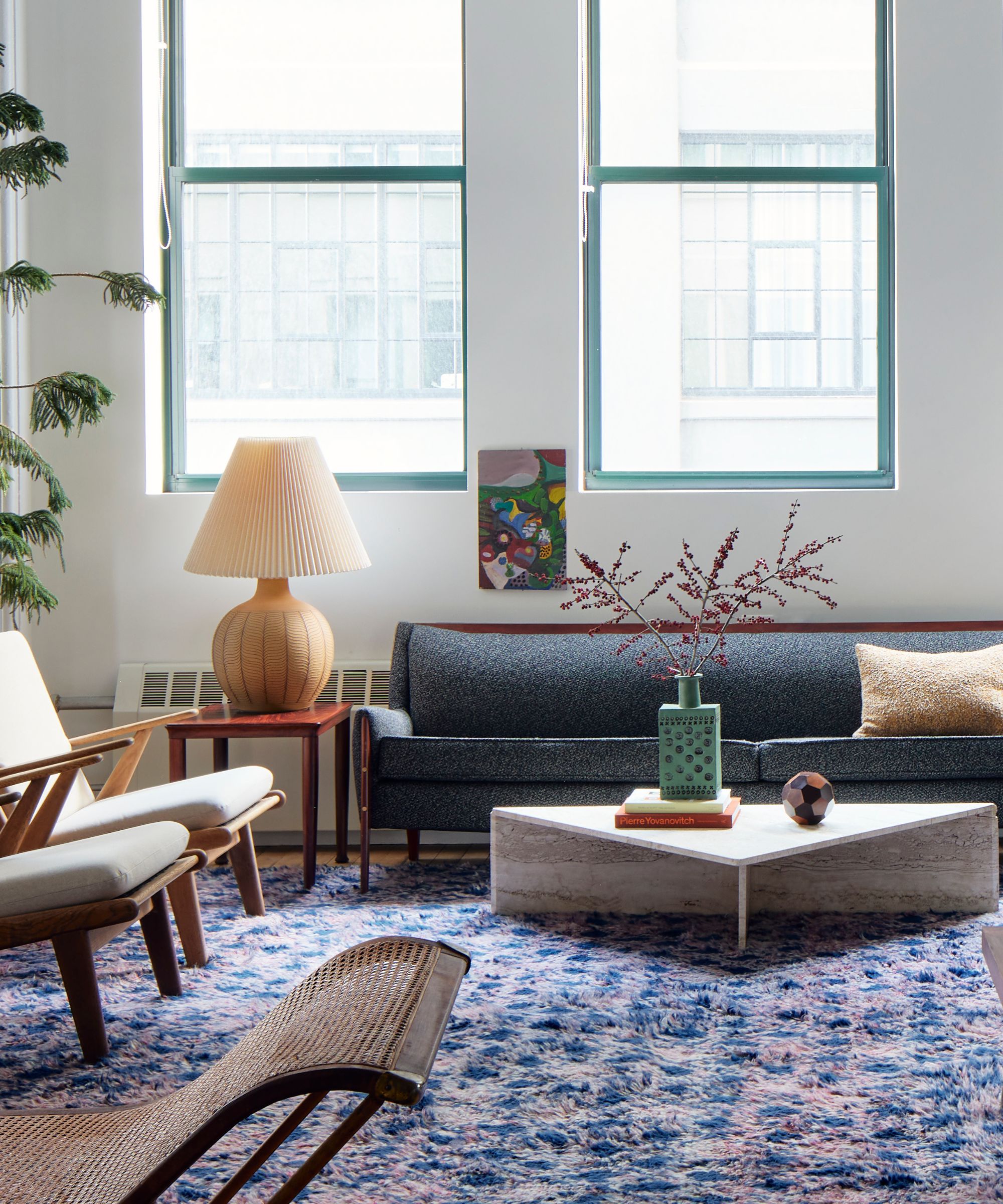
When you're sure the foundation will hold out, it's time to look at any opportunities for reupholstering or refurbishing the piece. As Caroline notes, identifying signs of damage at the beginning of the process can prevent unexpected costs down the line: 'Of course, you can expect some wear and tear, and you should inspect for structural damage, stains, and odors that may be difficult to remove. The initial cost may be deceiving, and you will need to factor in the potential cost of reupholstering,' she says.
Alexandra says it's likely you'll need to reupholster a vintage couch if you're buying it in its original form, so suggests keeping these hidden costs in mind from the start. She adds that 'without even seeing the sofa,' the chances you'll need to do some restoration work are high: 'Reupholstery can often be around 80% the cost of buying new once you take everything into consideration (the quantity and cost of fabric, materials like batting and cushion inserts, and labor). With that in mind ... decide if the reupholstery investment is worth it,' says Alexandra.
Joe McGuier and Megan Prime of JAM, a Brooklyn-based architecture and design studio, source vintage furniture every day for their vintage retail space, JAM Shop. As lovers of vintage furniture, they say reupholstering and restoring these items is part of the joy. Plus, you'll be left with a unique piece that's all your own.
'If the piece is in great condition – or even if it has great bones and you can invest in cleaning or reupholstering it – why not? If the piece is visibly worn beyond the expected wear that comes with age and use, is uncomfortable to sit on, or if you would simply like to freshen it up or have a different look,' say Joe and Megan.
The final decision of whether to embark on a refurbishing process or steer clear and buy new is completely up to you – it's all about the energy and time you have to devote to making the piece perfect for your home.
'Buying a vintage couch can be a rewarding investment, offering unique style and quality craftsmanship. The pros include character and sustainability. However, cons may include wear and tear. Reupholstering and refurbishing are recommended when the couch’s structure is solid but the upholstery or fabric needs updating. Ultimately, the decision depends on personal preference, budget, and willingness to invest in maintenance,' says Nick Cryer, founder of Berkeley Place.
3. Can you make the piece your own?
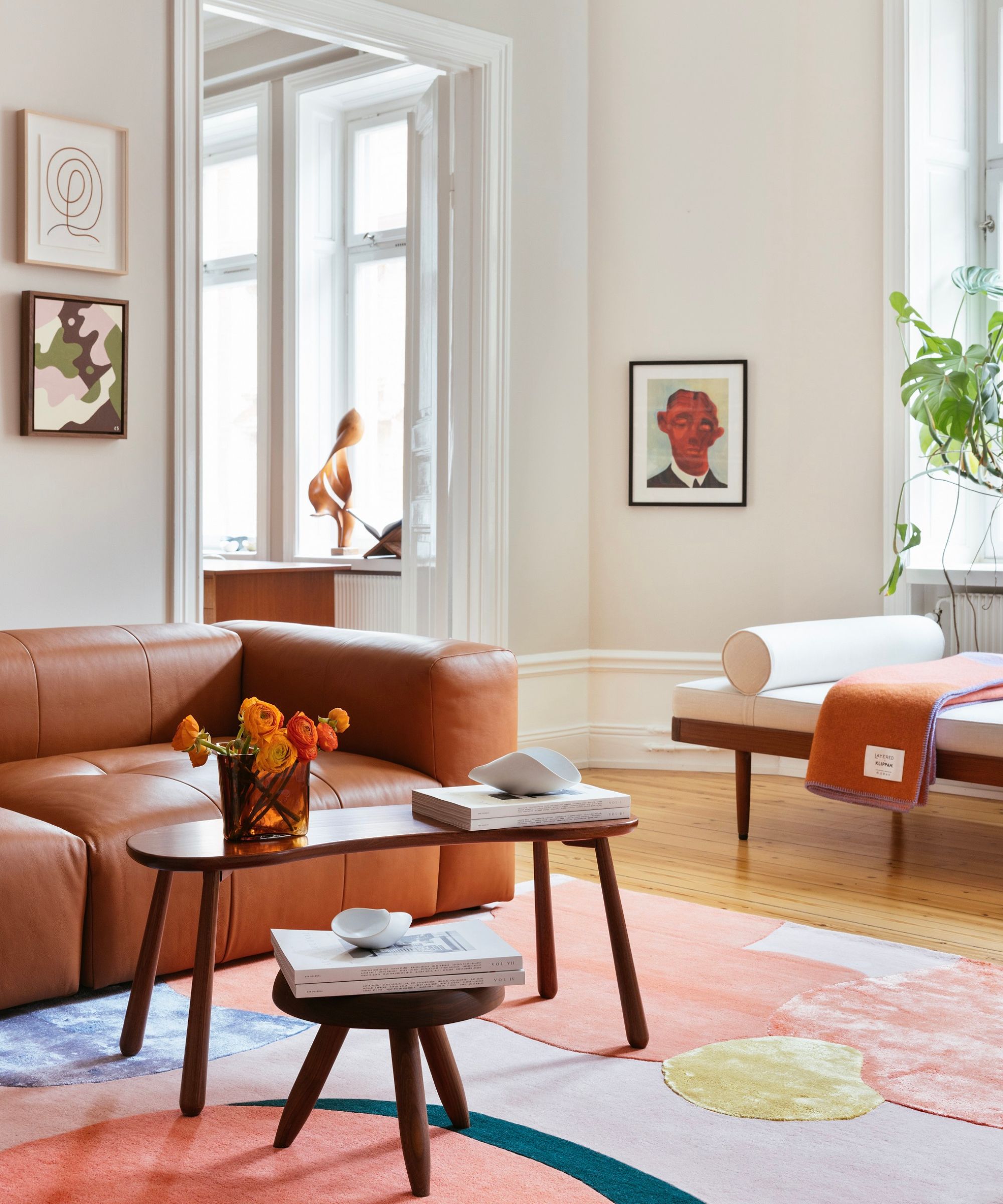
When asked whether she'd buy a vintage sofa, Jennie Bishop – co-founder and principal of Studio Gild – answered '1,000% yes.' She suggests going for a vintage couch if you're interested in a personalized, tailored piece that's completely one-of-a-kind.
'You get to customize it to your specific needs and make it unique! Reupholster if you need to for your space and if the piece needs it. Reupholster if you can handle the expense of buying your own fabric. And then it’s all totally worth it. Chances are it will end up being more unique given the fact that it's an older piece, so you get to set yourself apart!' says Jennie.
Reupholstering is one thing when you're shopping for vintage online or from a vintage shop, but a whole other endeavor when the piece is sentimental or passed down. Caroline says if the piece 'has good lines and you love the overall shape and style,' you have the opportunity with upholstery to 'make it feel completely new.'
'If a piece has emotional value and is a family heirloom, giving it an update with new fabric is a wonderful idea to keep it in the family for years to come,' she says.
4. Will it add character to your space?
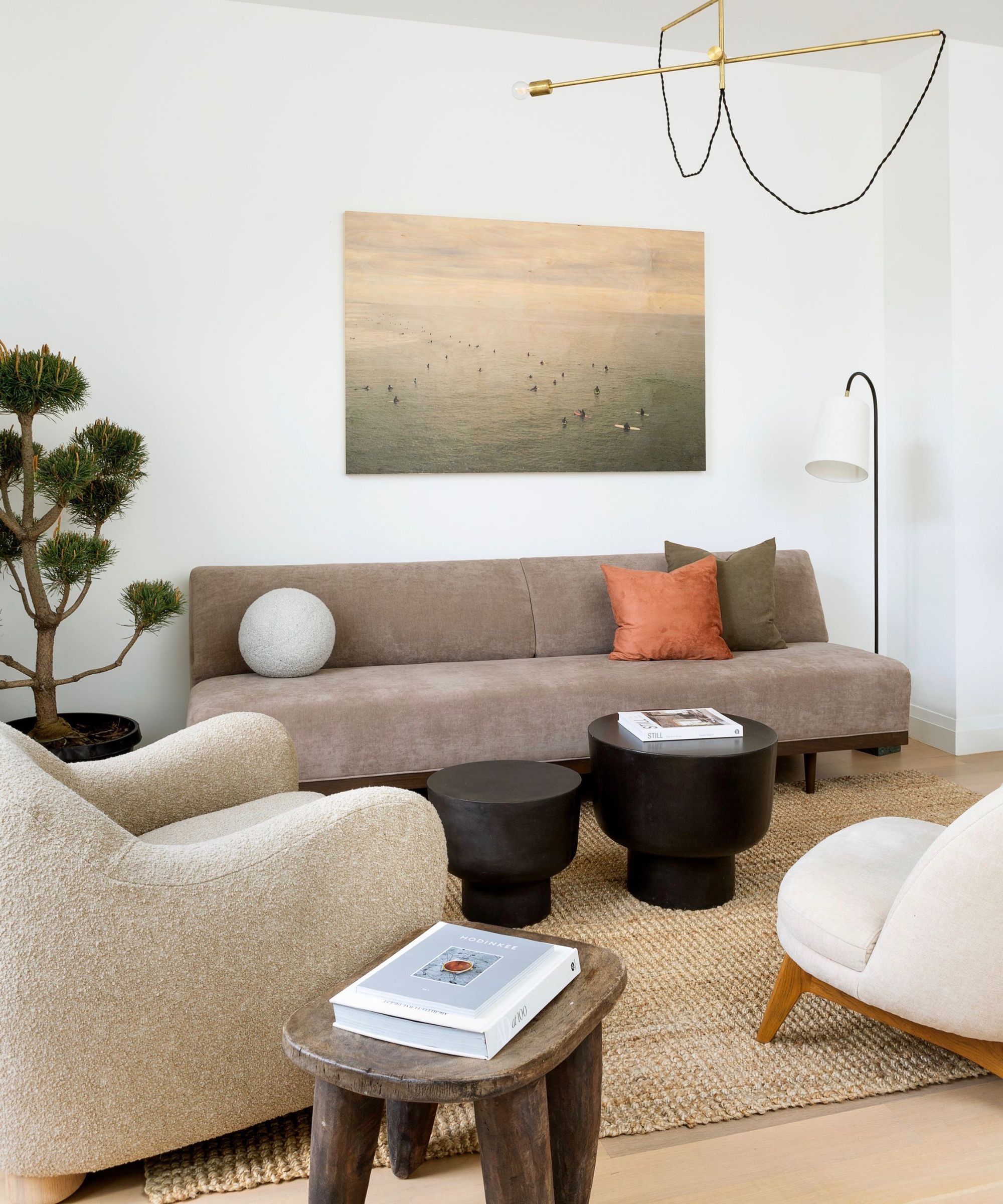
One of the most notable benefits of introducing vintage furniture into your home relates to style – what character and charm will the piece you have your eyes on add to your space? This furniture provides a fast track to timeless, transitional design, and allows you to express your personality through design in a way that's not always achievable with modern-day, mass-market goods.
'We love layering the old with the new, and investing in a vintage sofa can be a great way to add character to a space. They have a charm and personality that mass-produced modern furniture often lacks,' says Caroline.
5. Is it sentimental or unique?
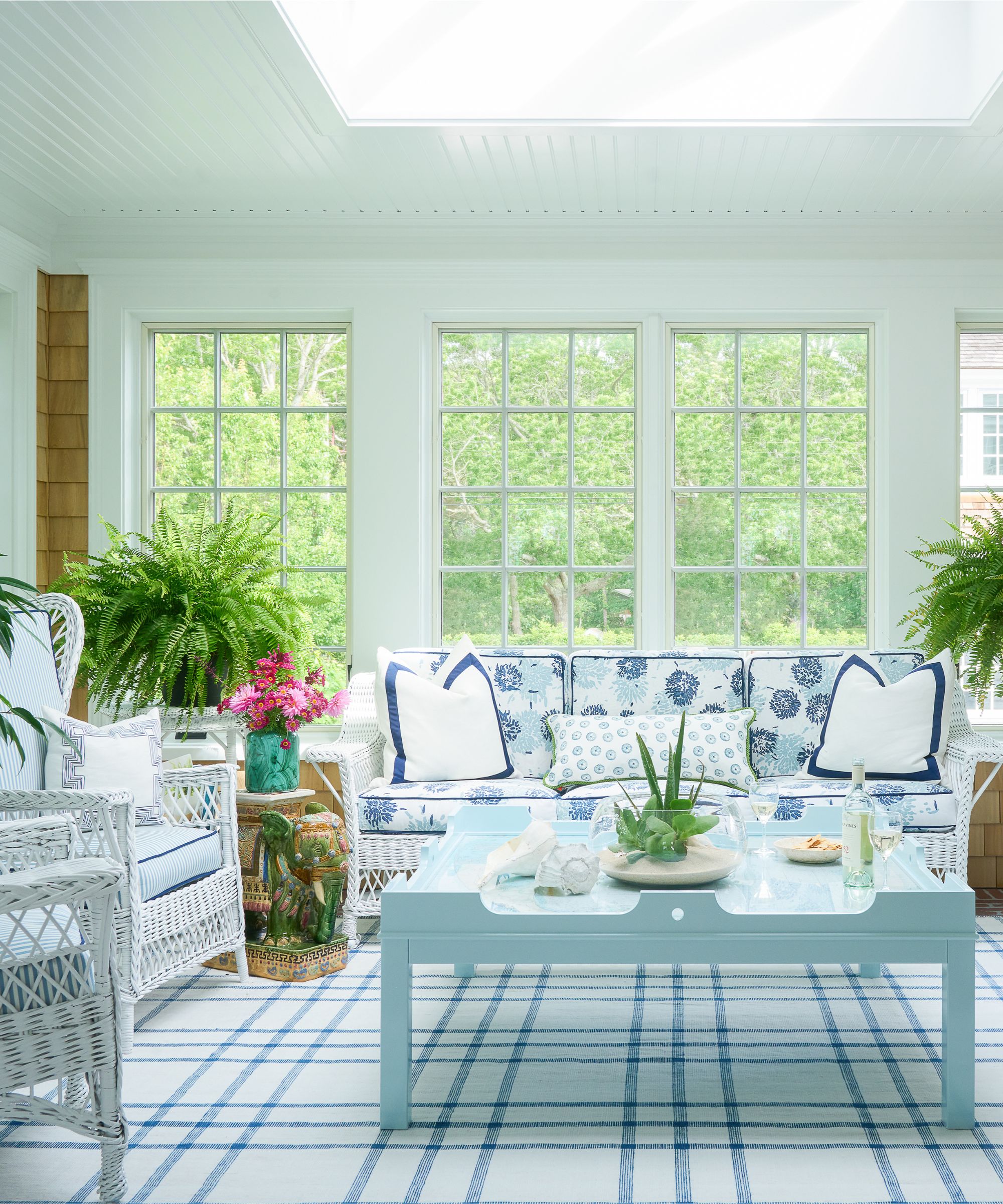
'A big selling point of vintage pieces is the intricacy, detail, or unique shapes of the item. Vintage sofas may look unlike anything on the market today and can be a very worthwhile thing to snag when you see it. However, if the look of the sofa seems standard to what’s currently being sold in stores present day, chances are the investment of the vintage snag may not be worth it,' says Alexandra.
If the piece you're considering doesn't hold unique or sentimental value, it might not be worth it in the long run. Each item you bring into your home should make you happy, so make sure the piece you're looking at speaks to you before investing. If you've found something that fits the bill, the results will be beautiful, no matter how much work is involved.
'I personally love many of the smaller, lower silhouettes of vintage upholstery and use them often for unique pieces that need to fit in smaller spaces (bedroom chairs, for example), or I recently bought a lovely vintage curved sofa for a project that is being reupholstered now! We couldn't find anything similar from current upholstery vendors,' says Allison.
'Another reason to invest in refurbishing old pieces is the sentimental value. In a recent project in Osterville, Massachusetts, the client had her family's wicker furniture that reminded her of her summers growing up, so we painted them and covered them with vibrant fabrics to make them feel more current, and they are now the star of the room and given new life with her own family,' she adds, referencing the living room pictured above.
6. Is it a sustainable choice?

Aside from design considerations, you may want to invest in a vintage couch for the planet's sake. Often, bringing a vintage piece home is a smarter decision for the environment, preventing unneeded production and making sure a high-quality item doesn't end up in the landfill.
'Giving new life to an existing piece of furniture is a great way to shop mindfully and minimize the junk being added to our landfills. This mindset is commendable, and I’m here for it! If this priority stands above the rest for you, then my only suggestion is to ensure the sofa’s frame will last another 5-10 years and invest in good cushions!' says Alexandra.
Joe and Megan add that often, the environmental benefit is just one of many possible perks of shopping for vintage furniture.
'You might end up with a highly customized or rare piece, with the added bonus of extending the item’s longevity, thus reducing furniture waste. We don’t see any real downside!' they say.
7. Is it ergonomic?
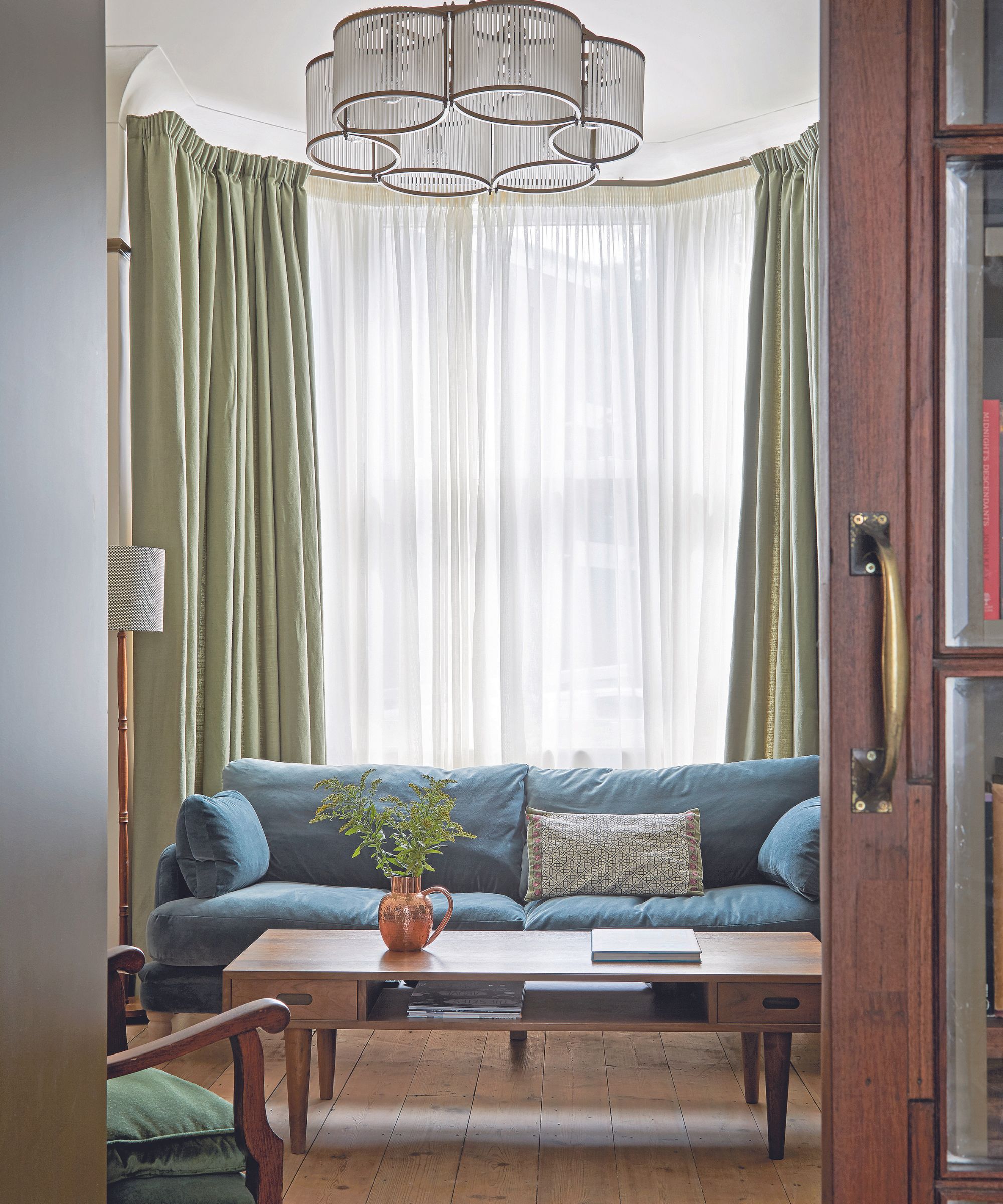
An often overlooked yet nevertheless important question to keep in mind is whether the vintage couch is comfortable – just as you would ask when shopping for a new couch.
Caroline notes that older seating 'may not have the plushness or ergonomic support of modern options,' so it's vital to take a seat in the store when possible, and look into the details of the materials and support. Just because a piece of furniture is beautiful doesn't mean it will fit with your lifestyle and day-to-day needs.
8. Will it be a smart investment?
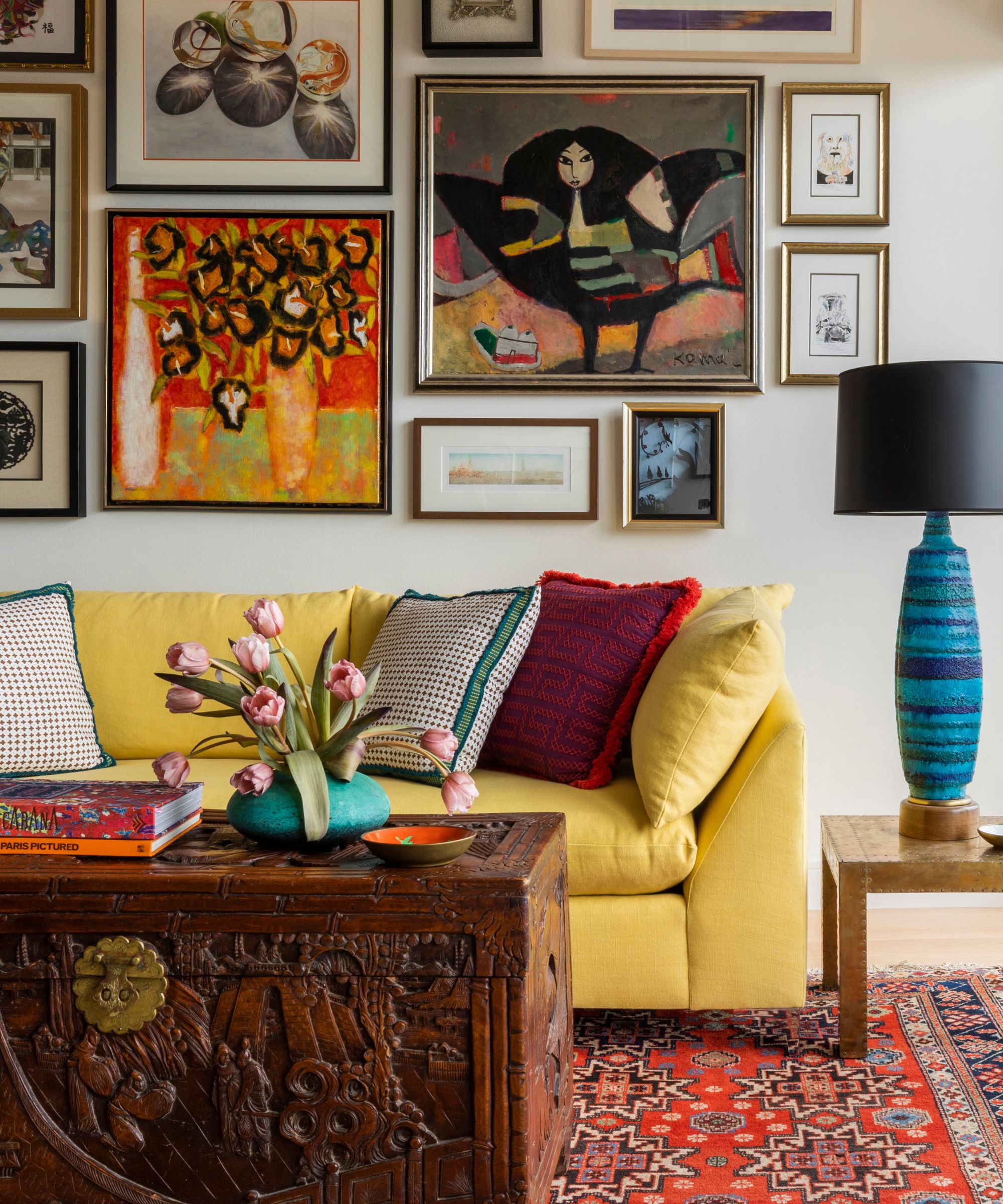
All of these questions boil down to the last one: Will a vintage couch be a smart investment? Take into account all the information you've gathered, along with your style preferences, and decide whether the vintage route is best for you. When all costs are combined, it's possible that a vintage couch isn't the right fit financially.
'It is a great idea if it comes from a vetted source. I would be cautious of spending a lot of money on an off market site without the proper credentials. I think recovering it is a great way to update and freshen up the piece. That said, recovering isn't always a less expensive option than sourcing a new piece,' says Elizabeth Krueger, principal designer of Elizabeth Krueger Design.
Especially if you're looking to make an investment that appreciates over time, or you're dabbling in collecting, Alexandra also suggests looking into the source. Make sure the vendor is trustworthy, and think about whether the vintage piece you're after carries more value than a brand-new item you love just as much. Name recognition isn't everything when it comes to design, but it might help you out if you're after something that will age with grace.
'Is this sofa a heritage company that’s gone out of business, or does its brand name carry a reputation that speaks to the quality of the piece? If so, the investment could be a huge win! However, if the maker of this vintage sofa is unknown, still producing current pieces today and holds no value through name recognition alone, consider if a new sofa may be a better way to spend your money,' says Alexandra.
Deciding on a vintage sofa is ultimately a personal choice, but designers say that usually, the pros outweigh the cons. Keep these eight questions in mind before making the final call to ensure you're putting your money (and often, time) where it matters.
Sign up to the Homes & Gardens newsletter
Design expertise in your inbox – from inspiring decorating ideas and beautiful celebrity homes to practical gardening advice and shopping round-ups.

Abby was the Interior Design News Editor at Homes & Gardens and is now studying for her Master's degree in Journalism at City University, London. Prior to joining our team, she worked with Better Homes & Gardens, where she wrote and edited content about home decor, gardening tips, food news, and more. She studied Journalism and English Literature at New York University and moved to London to pursue her love of writing in 2023.
-
 Can you revive woody rosemary plants? Expert pruning advice from a professional gardener to save old, leggy herbs
Can you revive woody rosemary plants? Expert pruning advice from a professional gardener to save old, leggy herbsWith the right pruning approach, old and woody rosemary plants can be brought back to life
By Thomas Rutter
-
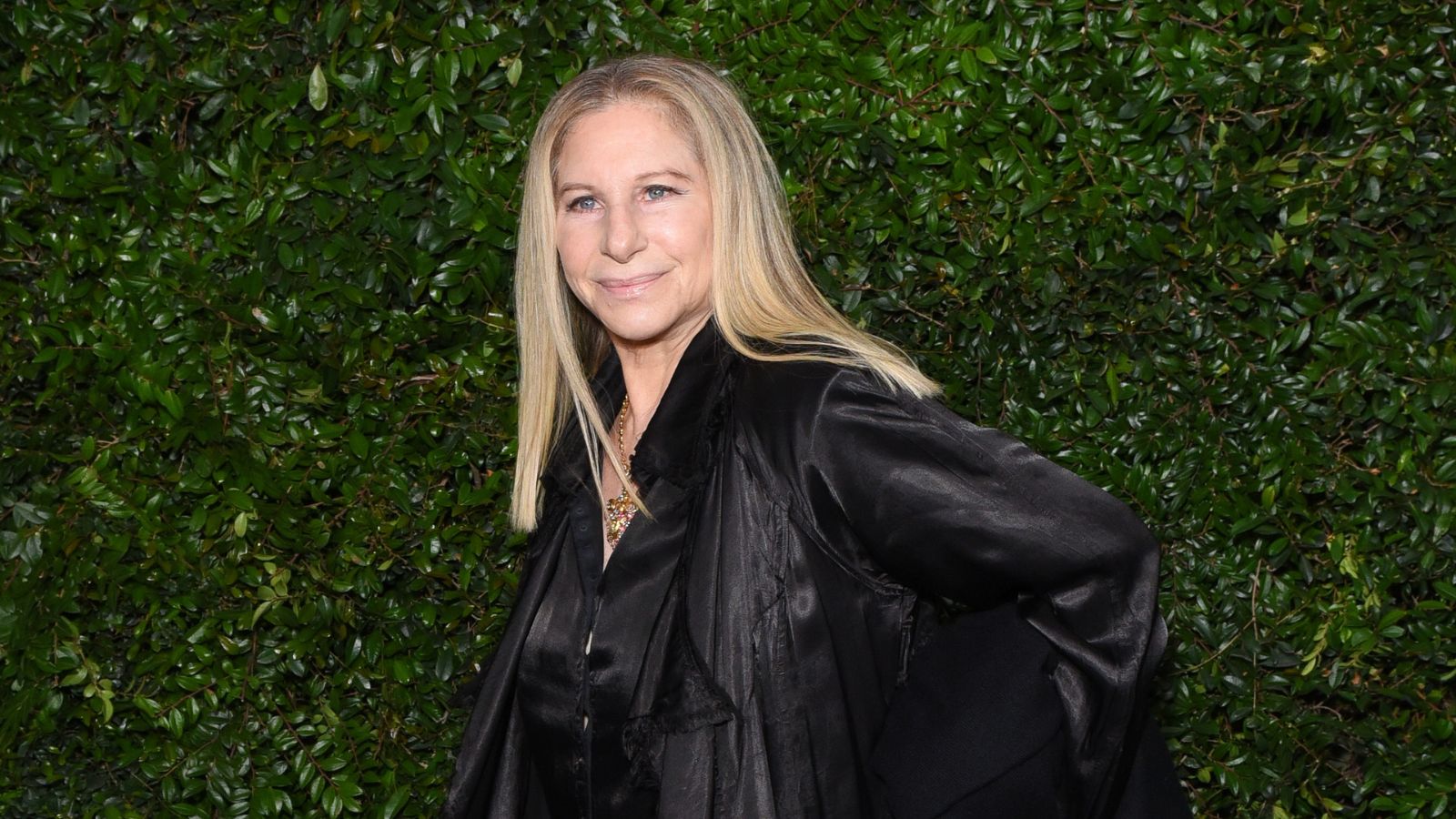 Barbra Streisand spotted a 'little miracle' on her garden's rose bush – landscaping experts say you can grow her 'joyful' flowers on a smaller scale
Barbra Streisand spotted a 'little miracle' on her garden's rose bush – landscaping experts say you can grow her 'joyful' flowers on a smaller scaleThe singer's rose bushes are among the most abundant and beautiful we've seen this year – with the right advice, you can follow her example
By Megan Slack